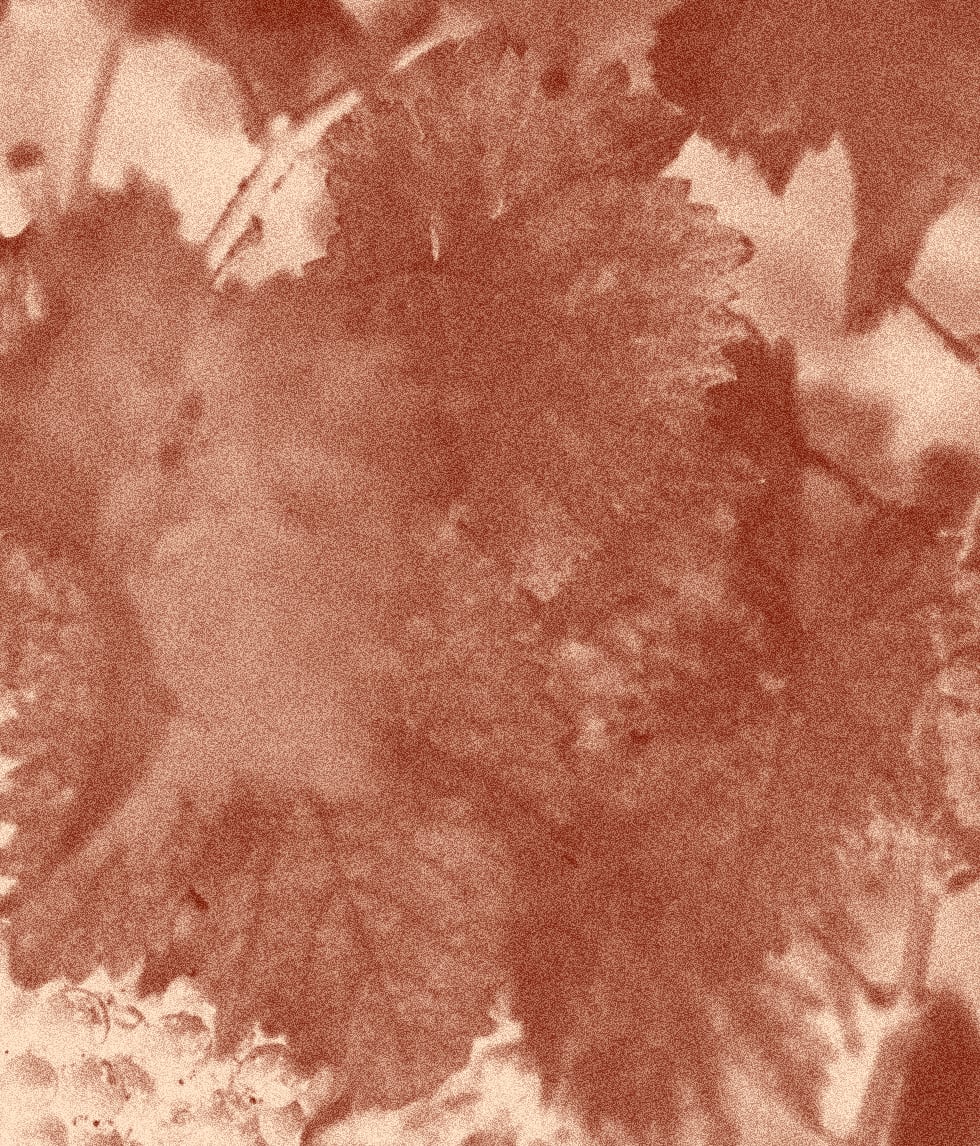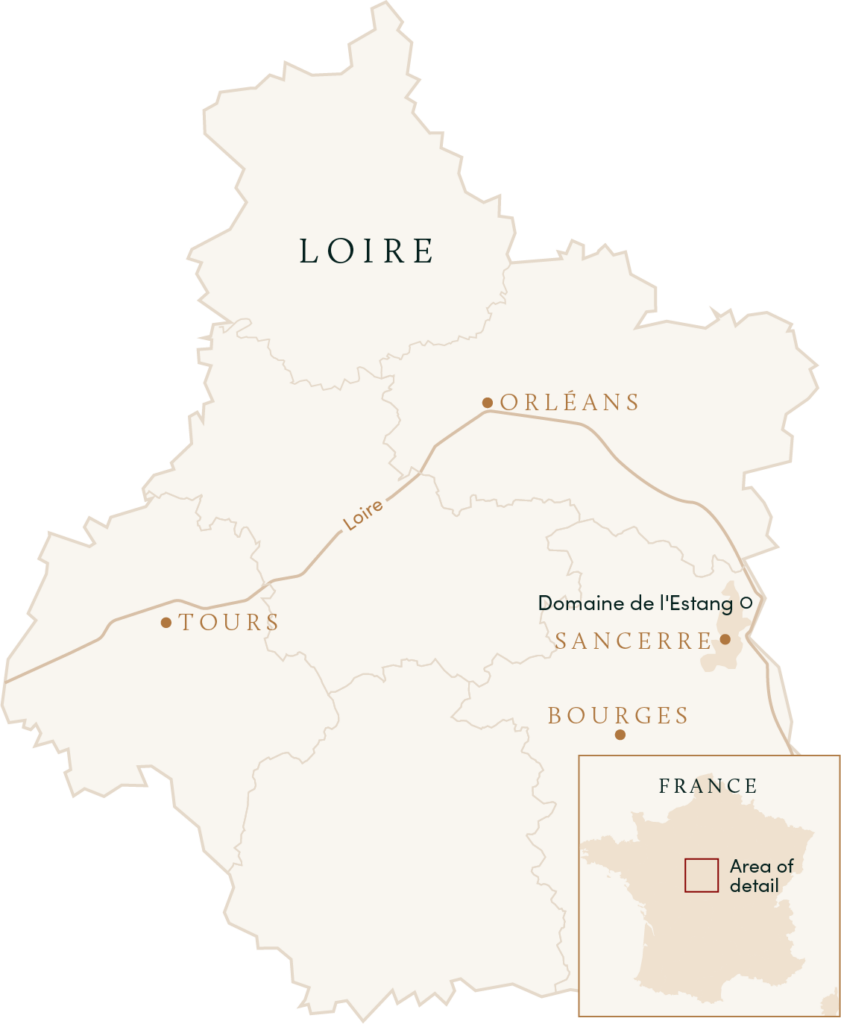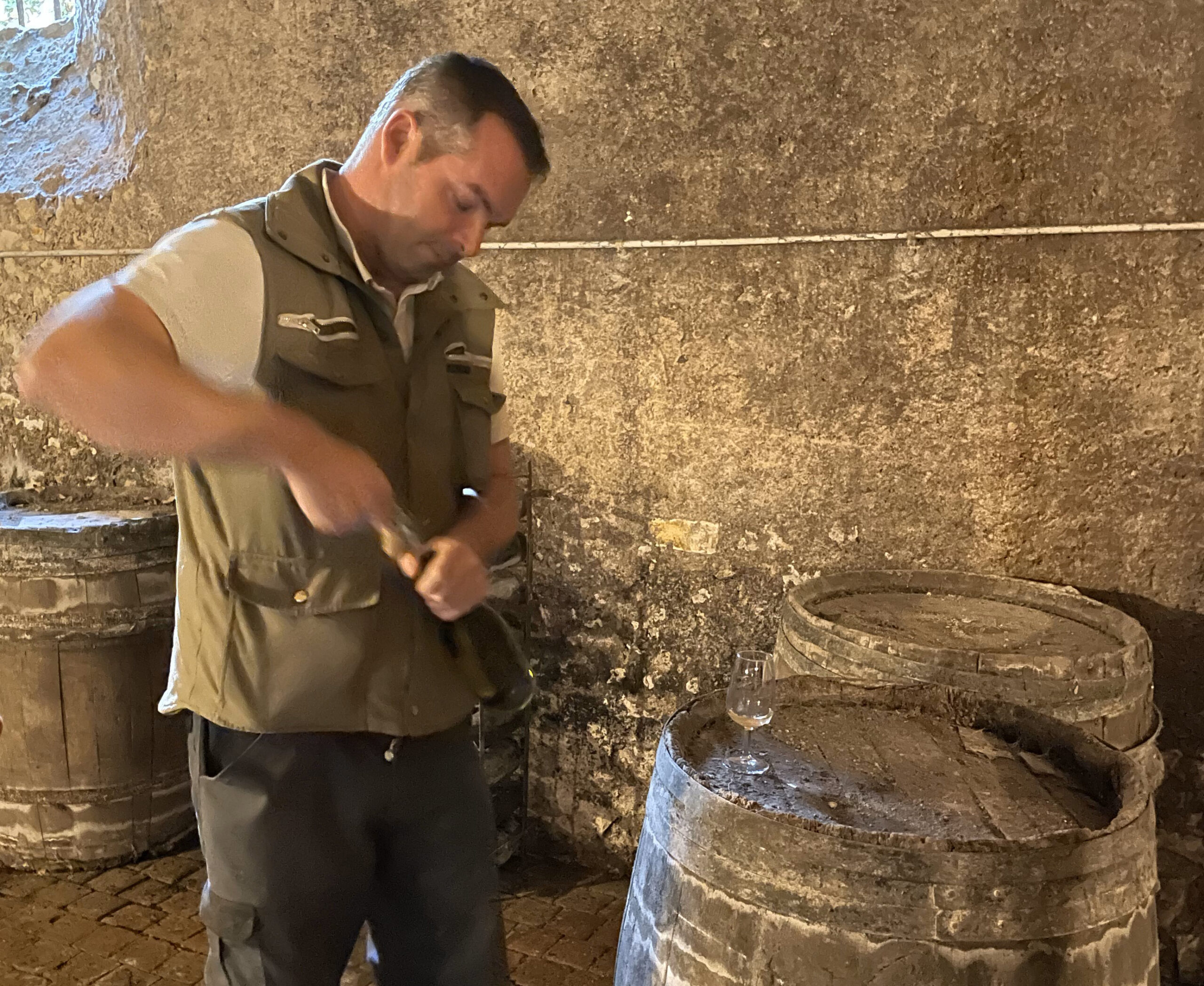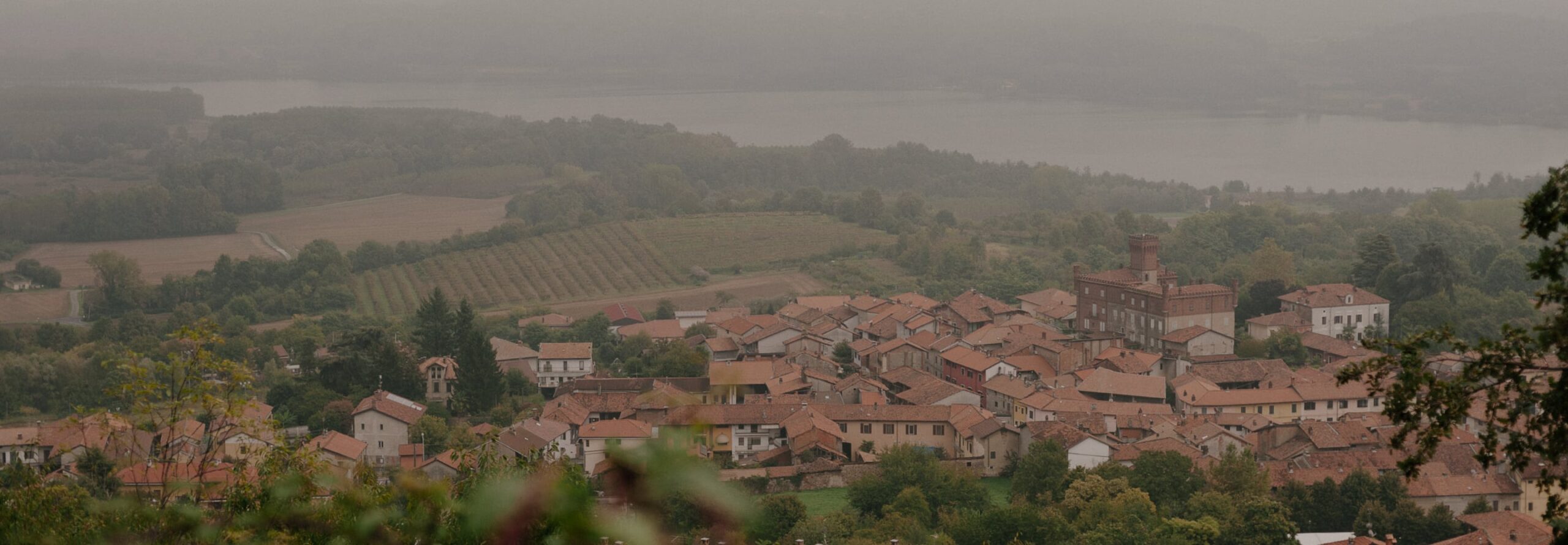Bertrand Graillot founded Domaine de l’Estang in 2004 after an education at viticultural school in Beaune and stages in Gevrey-Chambertin, Pommard, and Chassagne-Montrachet, and the domaine today encompasses eight hectares in the Coteaux du Giennois and two hectares in Sancerre.
Situated immediately northeast of Sancerre, the Coteaux du Giennois appellation encompasses just 180 planted hectares (Sancerre has 2,600 hectares) on gentle slopes flanking the Loire on both sides. Bertrand owns three parcels of Sauvignon Blanc in the Coteaux du Giennois—planted in 2004, 2007, and 2012, respectively—in soils alternatingly calcareous, sandy, and flinty. Wines from this appellation tend to be breezier and lighter than Sancerre, although Bertrand’s show greater lusciousness and breadth than is typically encountered here. And his Sancerre, from two hectares worth of plantings in the flinty limestone soils of Ménétréol-sous-Sancerre and Thauvenay, follows suit.


Although he has not yet sought certification, Bertrand has worked organically since the beginning. He harvests primarily by hand, and is moving toward 100% manual harvesting. With its naturally stable temperature and an underground water source running through its center, the circa-1850 cellar at Domaine de l’Estang allows Bertrand to work with very little intervention, as he prefers to do. Fermentations occur spontaneously here, and malolactic fermentation is never blocked—a double-flouting of Central Loire Sauvignon Blanc orthodoxy. But Bertrand is uninterested in caricature wines; a relatively late picker, he revels in Loire Sauvignon Blanc’s ability to deliver its penetrating minerality on a frame more ample, more texturally compelling, and less one-dimensionally crisp.
On that front, Bertrand also takes his time with elevage, in some instances allowing the wines years on their fine lees to come together and to settle so that he doesn’t need to excessively fine and filter them. He loves, in his words, “tender wines”—not a typical descriptor for the often unrelentingly linear Sauvignon Blancs of the region. Still, the wines of Domaine de l’Estang are deeply expressive of their place of origin, delivering telltale calcareous heft and drive. Furthermore, they age beautifully, given their inherent concentration and ample stuffing.
Farming
Treatments
Ploughing
Soils
Vines
Yields
Harvest
PURCHASING
Fermentation
Extraction
Chaptalization
Pressing
Malolactic Fermentation
Élevage
LEES
FINING & FILTRATION
SULFUR

Optional caption text here lorem ipsum


